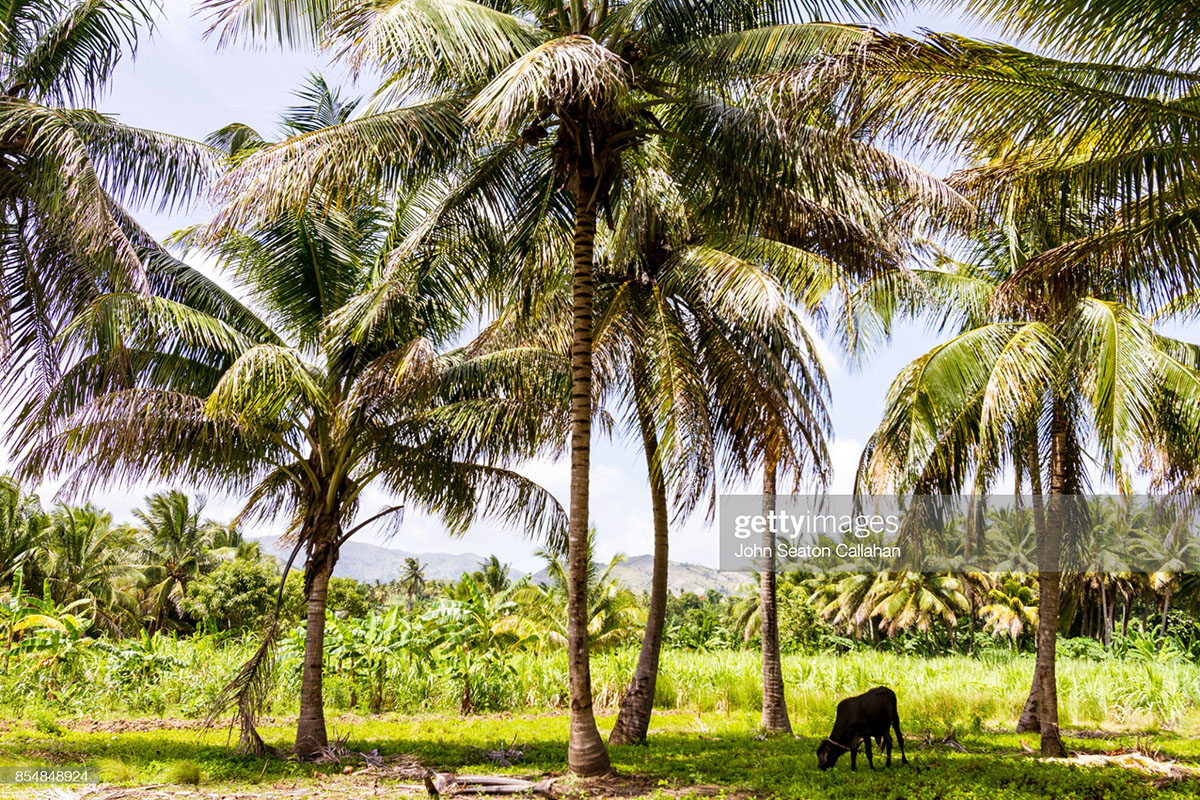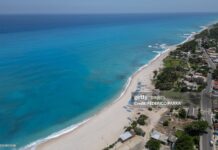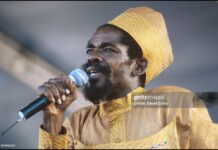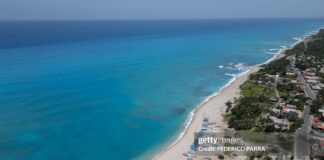By NAN STAFF WRITER
News Americas, NEW YORK, NY, Thurs. Feb. 10, 2022: Former US President Abraham Lincoln is heralded for issuing the final Emancipation Proclamation to effectively end slavery in America, but few know that Lincoln had made a deal to resettle some of the freed blacks on a Caribbean island.
The HISTORY Channel documentary event, Abraham Lincoln, spotlights on this little-known fact and premieres on Sunday, February 20 at 8/7 Est/central.
According to the documentary, President Lincoln signed a contract with Bernard Kock, an entrepreneur and Florida cotton planter to use federal funds to relocate 5,000 formerly enslaved people from the United States to Île à Vache or “Cow Island,” a small, 20-square-mile island off the southwestern coast of Haiti, near the town of Les Cayes.
In 1492, Ile a Vache was originally claimed by the Spanish Empire as part of Hispianiola. For the next two centuries it was known as Isla Vaca. Port Morgan Bay is named for the pirate Captain Henry Morgan who used the island as a base of operations. In 1697, the island of Hispaniola was formally divided between Spain and France. France assumed control of the western half of the island and Isla Vaca was changed to Ile A Vache.
“While he strongly opposed the institution of slavery, he didn’t believe in racial equality, or that people of different races could successfully integrate,” states the History Channel. “And unleashing nearly 4 million Black people into white American society—North or South—was a political nonstarter. So, despite the fact that most Black Americans in the 1850s had been born on U.S. soil, Lincoln advocated shipping them to Central America, the Caribbean or “back” to Africa.”
Nearly a month before he signed the contract with Kock, during his second annual message to Congress, Lincoln had proposed a constitutional amendment to colonize African Americans outside the United States. The amendment included federal compensation for slaveowners who lost their human property due to emancipation.
Lincoln settled on Kock’s Île à Vache proposal, the History Channel notes, after serious consideration of another colonization plan that would have sent freed Black Americans to the Chiriquí province of Panama. In Kock’s plan, the former slaves would work on a cotton plantation as part of an indentureship essentially.
On April 14, 1863 the vessel Ocean Ranger departed from Fortress Monroe, Virginia, with 453 African American emigrants aboard, and headed to Île à Vache.
The mission proved an “unmitigated failure” from the start, according to Graham Welch, an historian and attorney.
By the time the Ocean Ranger reached Île à Vache in early May, at least 30 of its Black passengers had died from smallpox. A second ship, which was supposed to follow the Ocean Ranger with building and living supplies, never set sail. Kock, the self-appointed superintendent of the island, had misled the government and the Black settlers about the living conditions.
On a visit to the island, a government official found the African American settlers with “tears, misery and sorrow pictured in every countenance.” Instead of the homes they were promised, the families slept on the ground in small huts made of palmetto and brush. Kock offered wages in a self-printed currency, which workers were obliged to spend on exorbitantly priced food and goods in a kind of company shop. There was also a “no work, no rations” policy. When the emigrant workers threatened revolt, Kock fled.
By the summer of 1863, news of the inhumane conditions in Île à Vache reached Lincoln, who confided in Union army chaplain John Eaton that the “Negroes in the Cow Island settlement on the coast of Hayti were suffering intensely from a pest of ‘jiggers’ from which there seemed to be no escape or protection.”
On February 1, 1864, the President ordered his secretary of war, Edwin Stanton, to commission a naval vessel to rescue the Île à Vache group. A month later, the Navy’s Marcia C. Day carried the 350 surviving emigrants back to America, arriving in Alexandria, Virginia on March 20. Also in March, Lincoln signed a bill withdrawing the $600,000 appropriated for colonization, of which the administration had spent only about $38,000.
According to Welch, Lincoln’s signing of the bill signaled that he was finally abandoning colonization as a viable option for those freed from slavery. “Following his reversal of the Île à Vache venture, Lincoln not only remained silent on the failed Haitian colony, but also never issued another public statement concerning colonization,” Welch wrote. Instead, Lincoln began exploring ways to integrate those he had freed into a post-emancipation society.
While Île à Vache was a disastrous failure that led to the deaths of many African Americans, the end of colonization as government policy with the affair heartened many African Americans who had opposed emigrating to another country. “This turn to assimilation, rather than displacement,” Welch wrote, “found support within Black communities, particularly those who saw enlistment as an avenue to support the nation and president that had granted them freedom.”
Watch the trailer now.
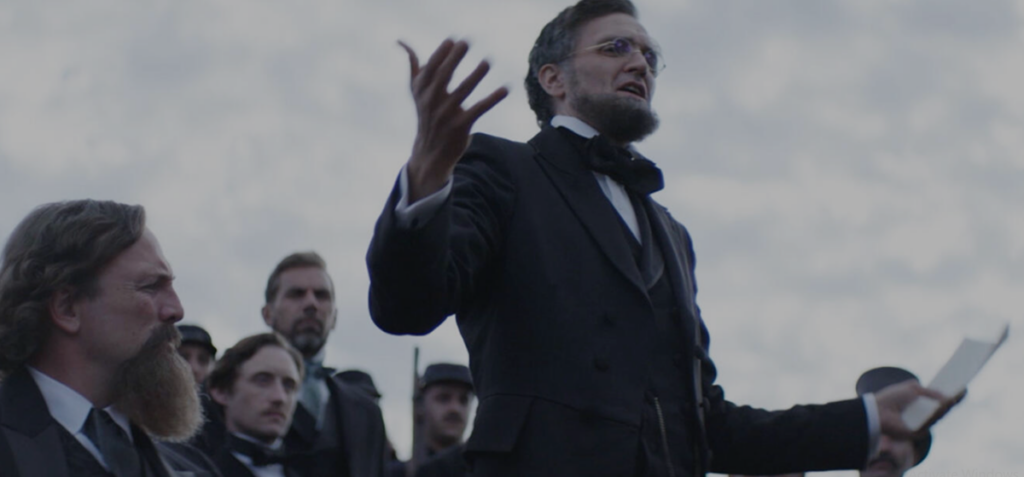
The population of Cow Island, Haiti today is approximately 15,000 inhabitants. It is one of the most popular tourist sites in Haiti and it has some of the most beautiful island scenery in the Caribbean.
Real pirate ships and their treasure were sunken throughout the coral reefs surrounding Ile A Vache and this attracts divers from all over the world to come see ship wrecks of old and other naval history. It is home to the Abaka Bay resort and is accessible by boat.






